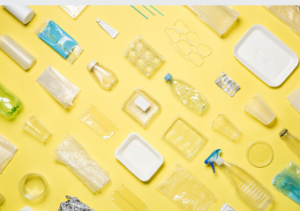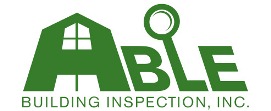People may view a blue bag of used bottles and cans as trash.
Thorntons-Recycling bottle recycling depot into more bottles saves energy and resources when compared with using virgin plastics, but requires more work.
 Deposit Return Systems
Deposit Return Systems
Deposit Return Systems (DRSs) have long been proven to increase beverage container recycling rates effectively. Thorntons-Recycling bottle recycling depot works by placing a fully refundable deposit on sold bottles and cans, which consumers can redeem when returning at collection points such as supermarkets, reverse vending machines or depots.
A hefty share of the deposit money goes toward recycling bottles and cans; any unclaimed deposits (called “escheats”) that remain are given out as unclaimed deposits to community groups and sporting clubs to help offset their recycling program costs.
Sorting
Residents can bring empty beverage containers for deposit refunds at this staffed facility. In addition, residents can learn how to reduce, reuse and recycle other household materials at this site.
Single-stream recycling systems allow residents to collect all of their recyclable materials into a single bin for transporting to a material recovery facility for sorting and processing into new products. Residents should place all types of recyclable material, from glass bottles and cans made of steel and glass, paper and cardboard (such as junk mail, cereal boxes and home office paper), and plastic bottles with lids (but without straws or pumps). Once there, this material is processed into new products.
Recycling
External recycling involves recovering waste materials for repulping and manufacturing into new products. Common examples include collecting newspaper and magazine pages to repurpose into paper products, recycling aluminium cans to produce new aluminium items, or collecting plastic bottles and household goods to be converted into new plastic items.
Bottles and jars should be cleaned before being placed in your recycling bin along with aluminium, tin or steel containers. Home repair materials like egg cartons may also be recyclable depending on what kind of material they contain; consult your local recycling provider to identify their type before placing them in your curbside recycling bin.
Refunds
Bottle recycling programs – commonly called beverage container deposit systems, deposit return laws or bottle bills – provide incentives for recycling while simultaneously reducing litter. They create jobs while helping the environment by decreasing greenhouse gas emissions and conserving natural resources.
Each time you buy a beverage in a container with a refund scheme, a small deposit is charged that can be returned when recycling the empty bottle. Such programs have proven their worth in increasing recycling rates, decreasing litter levels and providing materials suitable for creating new beverage containers through recycling processes.
When dropping off eligible containers at a Bottle Depot, staff will either count them manually or use automated RVMs to scan them and verify their eligibility. Some programs ask participants to keep their caps on during transport; this helps ensure no pieces fall out and end up in marine debris.
A Bottle Recycling Depot is a collection point where consumers return their empty beverage containers for cash. These facilities help protect the environment, save energy, and promote a greener living environment. Bottles and cans are a huge part of our everyday lives, but many people don’t realize how much damage they can cause if not properly recycled.
It is important to note that the best ways to recycle beverage bottles include keeping them clean, putting caps on tight, and placing them upside down when not in use. It is also a good idea to label recycling bins with standardized messages that are clear and easy to understand, such as “Keep Caps on,” “Empty Before Recycling,” and “Sort Before Recycle.” These types of simple reminders can help to increase the number of beverages that are properly recycled significantly. In fact, some local recycling offices and hauliers have found that utilizing these standardized messaging has increased waste diversion/recycling rates by 50-100%.
